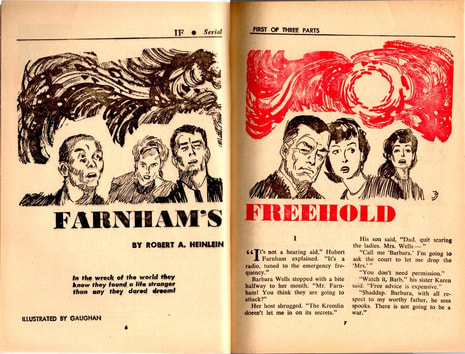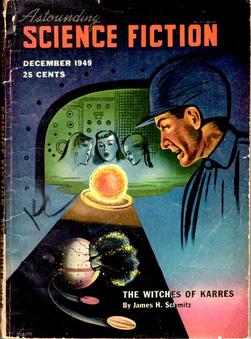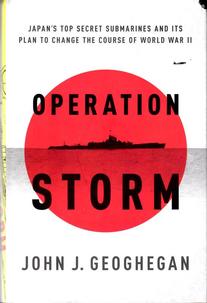
Today to my Serialized Novels page I have posted all three covers, plus the whopping 10 interior illustrations for the first of three installments. This, by the way, brings my total distinct images of Heinlein art to over 700.
In any event, I hope in the coming week or so to post the others.
Enjoy!
Rafeeq


 RSS Feed
RSS Feed
